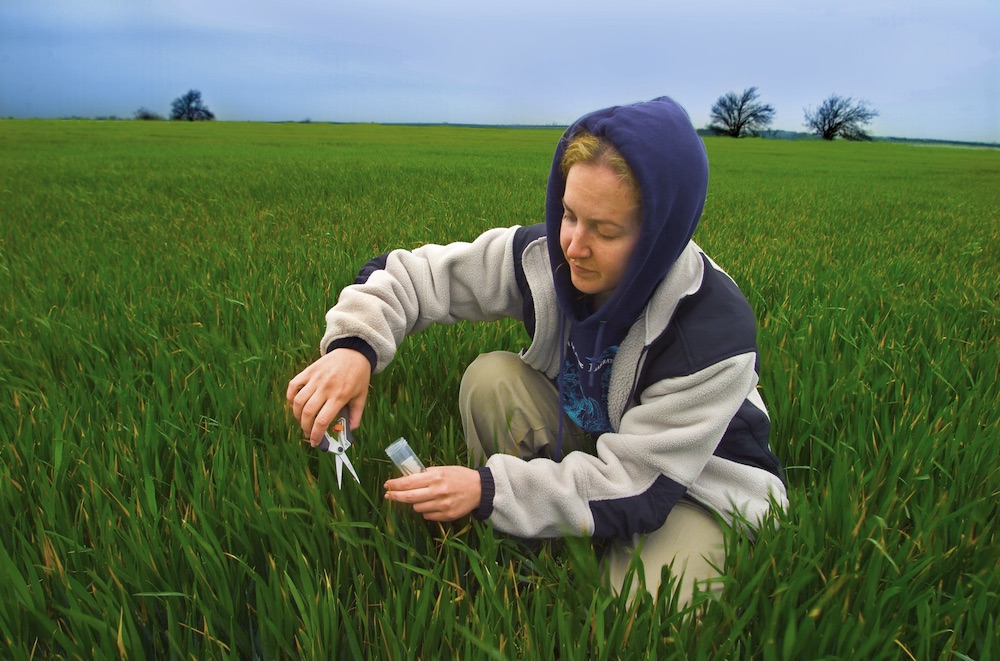
Berkeley Lab researchers are working on ways to sequester more carbon in soil, including through agricultural practices. (Credit: Berkeley Lab)
Scientists say that any serious plan to address climate change should include carbon dioxide removal (CDR) technologies and policies, which makes the newly launched CDR Primer an especially vital resource, says Berkeley Lab scientist Margaret Torn, one of about three dozen scientists who contributed to this document.
“Atmospheric CO2 concentrations are already 50% over historic natural levels – 270 ppm (parts per million) in pre-industrial times vs 414 ppm today,” said Torn. “To slow climate change and avoid its worst impacts, climate scientists tell us that we need to restore atmospheric CO2 concentrations to about 350 ppm or less. To do that, we need CDR technologies and polices to remove excess CO2 from the atmosphere.”
Carbon dioxide removal, also often referred to as negative emissions technologies, encompasses a broad array of techniques and practices, such as geologic sequestration, direct air capture, bioenergy with carbon capture, and improved forest management. The lead editors of the CDR Primer are from the University of Pennsylvania and CarbonPlan.
“Because there are so many different negative emissions technologies, nobody is an expert in all of them,” said Torn, a senior scientist in Berkeley Lab’s Earth and Environmental Sciences Area. “There was a need for one comprehensive document to introduce students and practitioners to all of the different options. The strength of this document is that it comprehensive, in terms of how many different approaches are covered, and that it considers technological readiness, cost, and global potentials.”
Sequestering carbon in soil through improved agricultural practices could be an especially attractive and efficacious CDR technique, Torn said. Berkeley Lab scientists are working on how to quantify and manage root growth and how to understand and harness the soil microbiome for carbon sequestration. If it were implemented globally, it has the potential to sequester a large amount of carbon, plus it’s considered a “no regrets” strategy because increasing the amount of carbon in the soil is good for soil health anyway, she said.
The document, two years in the making, was supported by a number of foundations and other organizations and will be made available for free as a digital, open-source book.